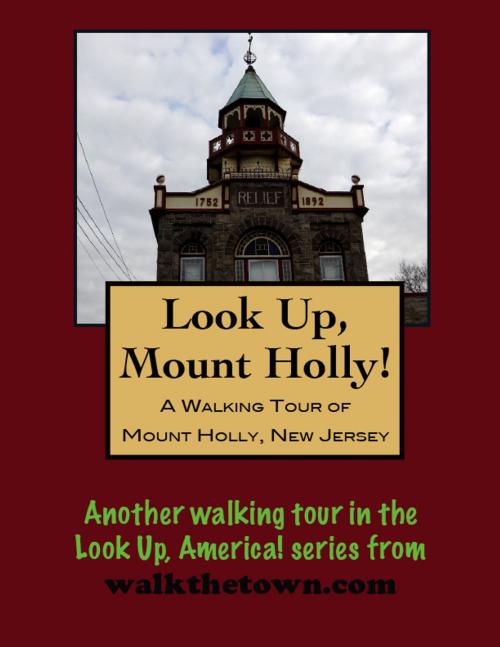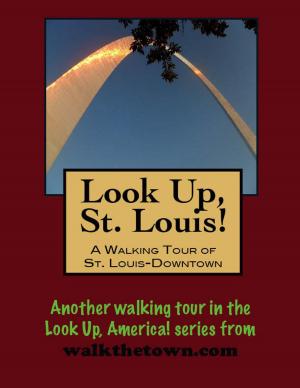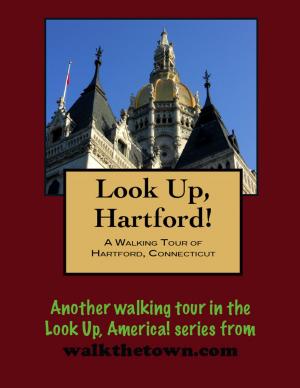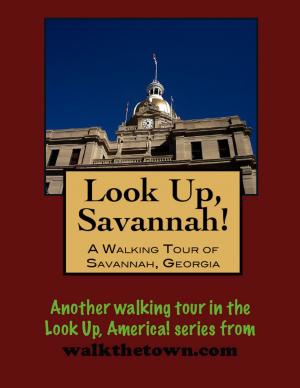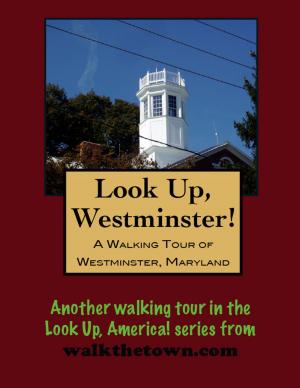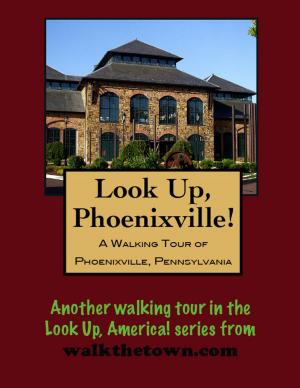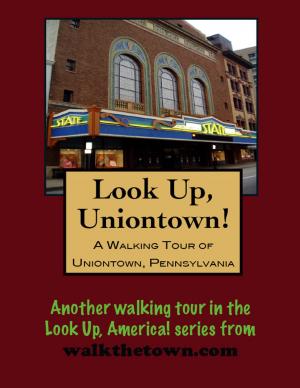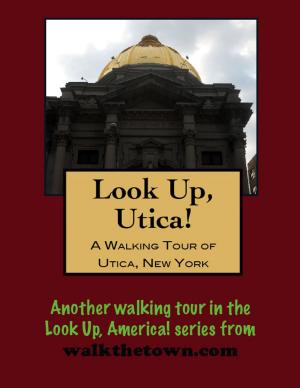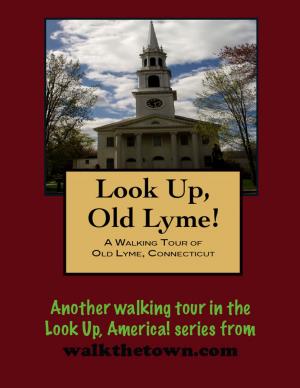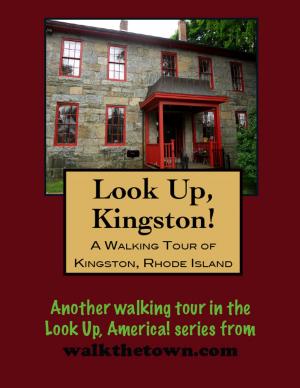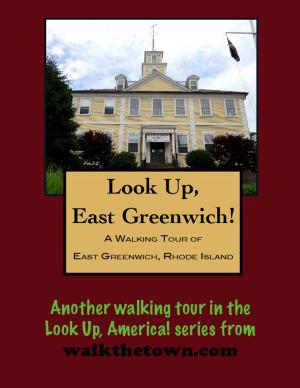| Author: | Doug Gelbert | ISBN: | 9781458127914 |
| Publisher: | Doug Gelbert | Publication: | March 3, 2011 |
| Imprint: | Smashwords Edition | Language: | English |
| Author: | Doug Gelbert |
| ISBN: | 9781458127914 |
| Publisher: | Doug Gelbert |
| Publication: | March 3, 2011 |
| Imprint: | Smashwords Edition |
| Language: | English |
There is no better way to see America than on foot. And there is no better way to appreciate what you are looking at than with a walking tour. This walking tour of Mount Holly, New Jersey is ready to explore when you are. Each walking tour describes historical, architectural landmarks, cultural sites and ecclesiastic touchstones and provides step-by-step directions.
Every tour also includes a quick primer on identifying architectural styles seen on American streets.
The distinctive bump of Mount Holly in an otherwise flat landscape soars 183 feet in altitude above the Rancocas Creek that flows to the east. Quakers began settling around the hill, indeed covered by holly trees, in the late 1870s. For the next 50 years there were land swaps and jockeying for farmland around the twisting, slow-moving waters of the Rancocas. That all changed in 1723 when Edward Gaskill and his sons hand dug a mill race connecting two loops of the meandering creek to power a grist mill. An ironworks followed and more industry and the foundation for a town became well established. There were enough bridges spanning the Rancocas - more bridges than houses one wag suggested - that the settlement was named Bridgetown (it would not become known as Mount Holly until 1931).
By the American Revolution there were over 200 houses in town and it was important enough for George Washington to use as a decoy in luring Hessian troops from Bordentown on December 23, 1776 to help make his surprise attack on Trenton three days later a success. Hessian commanders and 2,000 troops tangled for three fruitless days in an artillery duel with 600 Colonials, mostly untrained men and boys, on Iron Works Hill. A few years later the town was pressed into duty as the capital of New Jersey when the state legislature was forced to meet here for two months in 1779.
In 1796, when the original county seat at Burlington grew tired and poorly situated for the growth of the region, bustling Mount Holly was a natural choice for the new county capital. A half century later when the Burlington and Mount Holly Railroad rolled into town there were five mills, a woolen factory, nine stores, a bank, two newspapers and a boarding school for a population approaching 4,000.
Mount Holly has been diligent about preserving its history - even the original firehouse, little more than a shack, of America’s oldest continuously operated volunteer fire company is on display on the town streets. Our walking tour will begin in the municipal parking lot where there are plenty of namesake holly trees and a 300-year old log cabin that was found in a rather surprising place...
There is no better way to see America than on foot. And there is no better way to appreciate what you are looking at than with a walking tour. This walking tour of Mount Holly, New Jersey is ready to explore when you are. Each walking tour describes historical, architectural landmarks, cultural sites and ecclesiastic touchstones and provides step-by-step directions.
Every tour also includes a quick primer on identifying architectural styles seen on American streets.
The distinctive bump of Mount Holly in an otherwise flat landscape soars 183 feet in altitude above the Rancocas Creek that flows to the east. Quakers began settling around the hill, indeed covered by holly trees, in the late 1870s. For the next 50 years there were land swaps and jockeying for farmland around the twisting, slow-moving waters of the Rancocas. That all changed in 1723 when Edward Gaskill and his sons hand dug a mill race connecting two loops of the meandering creek to power a grist mill. An ironworks followed and more industry and the foundation for a town became well established. There were enough bridges spanning the Rancocas - more bridges than houses one wag suggested - that the settlement was named Bridgetown (it would not become known as Mount Holly until 1931).
By the American Revolution there were over 200 houses in town and it was important enough for George Washington to use as a decoy in luring Hessian troops from Bordentown on December 23, 1776 to help make his surprise attack on Trenton three days later a success. Hessian commanders and 2,000 troops tangled for three fruitless days in an artillery duel with 600 Colonials, mostly untrained men and boys, on Iron Works Hill. A few years later the town was pressed into duty as the capital of New Jersey when the state legislature was forced to meet here for two months in 1779.
In 1796, when the original county seat at Burlington grew tired and poorly situated for the growth of the region, bustling Mount Holly was a natural choice for the new county capital. A half century later when the Burlington and Mount Holly Railroad rolled into town there were five mills, a woolen factory, nine stores, a bank, two newspapers and a boarding school for a population approaching 4,000.
Mount Holly has been diligent about preserving its history - even the original firehouse, little more than a shack, of America’s oldest continuously operated volunteer fire company is on display on the town streets. Our walking tour will begin in the municipal parking lot where there are plenty of namesake holly trees and a 300-year old log cabin that was found in a rather surprising place...
